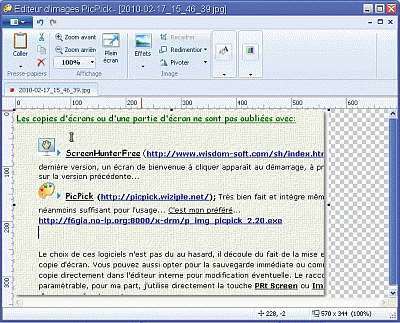

This example actually shows the transfer not complete, but in reality “enough” packets came though to deliver the image since the RF link was strong. Apparently EasyPal creates more packets than the minimum to represent the data based on how “aggressive” an error correction you desire. When EasyPal transfers begin, the number of expected packets is sent first in some kind of initiation packet. The bottom green and red horizontal line is a progress bar.

The waterfall and spectrum are very much like what you find in PSK programs. I just tuned to 7173 kHz and was right on the money.Ī spectrum display sits atop the waterfall. You would tune to line up the three frequencies to the three little green squares at the top of the water fall. I have yet to read the details, but I suppose these can be used for fine tuning your rig’s frequency. These are some kind of reference frequencies expected by EasyPal. The EasyPal WaterfallIf you look carefully you can see three vertical lines. I have blurred out the call signs, but each image is prefaced with your call sign sent in a very simple and probably very robust digital mode followed by the image data. A organizing window, with tabs, is on the right.ĮasyPal appears to use a form of forward error correction and modulates this data within a 2,200 or 2,400 Hz (selectable) voice bandwidth for use with SSB radios. A classic water fall display is on the lower left. Statistics of the transfer are available in the upper left. Let’s have a look at the program’s layout.īelow is the general layout of EasyPal. Note… unlike most digital modes where USB is used on all bands, the 40 meter EasyPal users use the voice standard LSB because they switch back and forth between sending pictures and talking about them. If you load up EasyPal on your rig PC, tune your radio to 7173 or 14233 kHz. If you have a rig sound-card interface suitable for PSK 31 or Olivia, you have what you need to use EasyPal. My friend was on the local repeater at the time and guided me through appropriate default options to use. Indeed, after downloading the program and installing it on a Windows XP system, I was using it in no time.

There appears to be a dedicated team behind this program which suggests a healthy development effort. This was the first time I heard something coined “Digital Slow Scan TV.” The program is called Easypal and can be found easily via a web search. I know about analog slow scan television and have heard about many binary transfer methods for HF. He told me about a digital slow scan tv modulation mode designed for use in the HF bands on a typical SSB bandwidth. I was chatting with a club member this weekend.


 0 kommentar(er)
0 kommentar(er)
